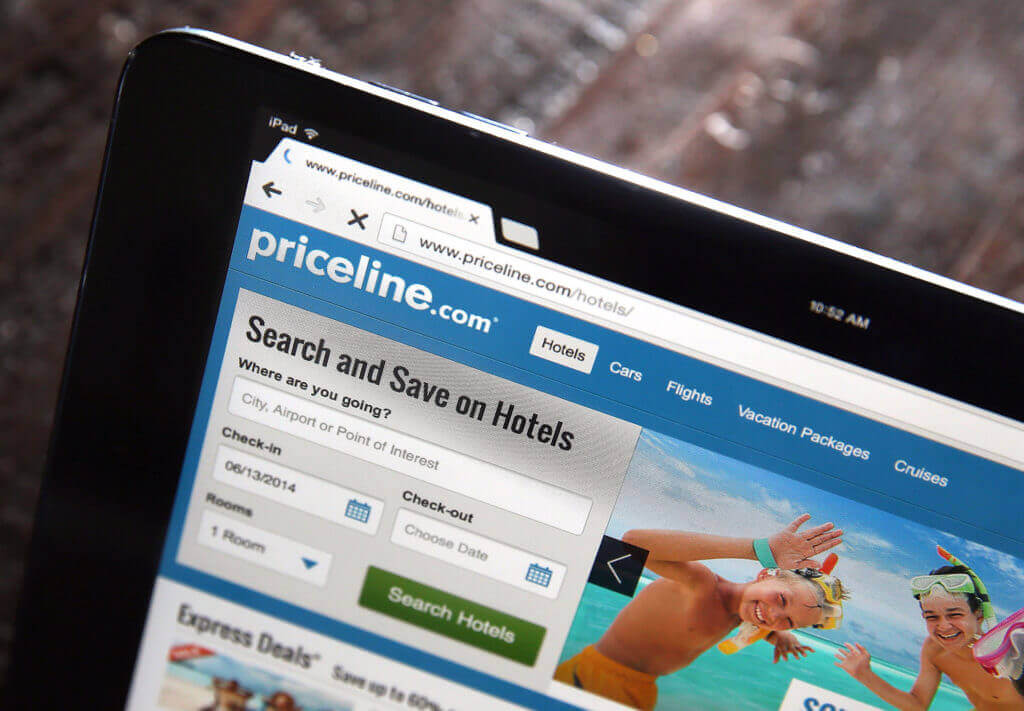
Priceline.com ended its Name Your Own Price bidding service for car rentals Monday, as it did for flights in 2016.
When Priceline.com debuted more than 20 years ago, it was the only way you could book a flight on the site. Users would specify when they wanted to fly and submitted a fare they would accept, and then Priceline.com would approve or reject the bid. The customer would only find out the identity of the airline if Priceline accepted the offer.
With the demise of Name Your Own Price for flights and cars, customers can opt to use Priceline’s Express Deals feature, which presents discounted rates with no bidding required. Customers learn the name of the airline or car rental company only after they book the deal.
For now, there are no publicly articulated plans for Priceline.com to end Name Your Own Price for hotels, which is a larger business than was the bidding feature was for flights and car rentals.
“Priceline isn’t going to speculate publicly on the future of Name Your Own Price for hotels,” said spokesman Devon Nagle. “There are no plans to sunset it for hotels.”
But the handwriting is on the proverbial wall because, in many ways, the online booking and competitive environment have overtaken Priceline.com’s Name Your Own Price for hotels.
Travelers who are looking to book a room for the night when they are leaving a bar or when their plans changed last-minute, these days are used to finding a hotel option quickly. They don’t have the patience for submitting bids, waiting for an answer, and resubmitting bids with the inefficiencies inherent in tapping around on mobile devices.
Name Your Price Promotions Have Gone Missing
Priceline.com’s homepage basically confirms that premise, although not explicitly. For example, the homepage on Monday offered an an ad atop the page touting Express Deals where consumers could save on “Hotels up to 60% off.” Name Your Own Price promotions were nowhere to be found on the page other than in small type at the bottom of the page.




